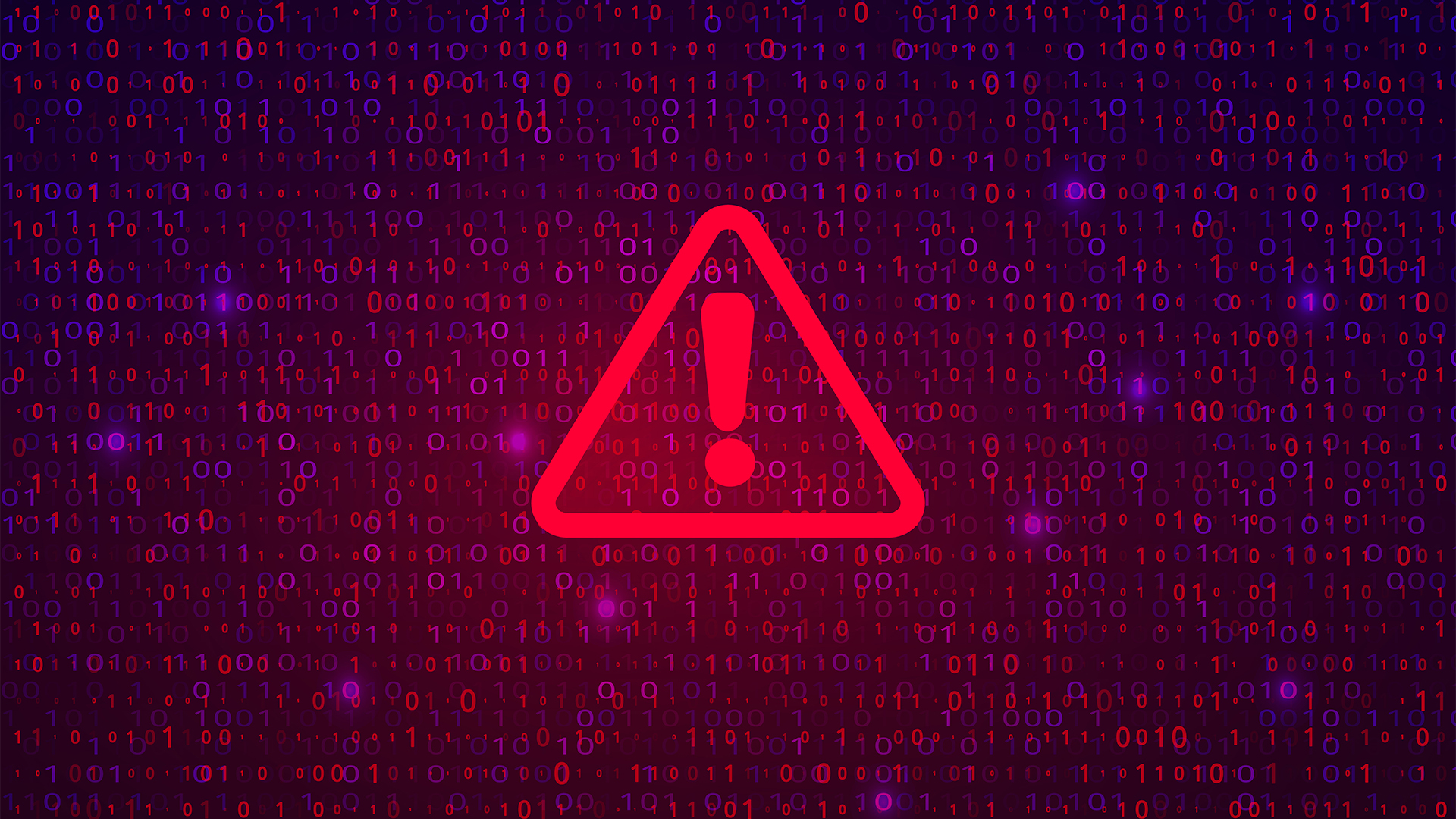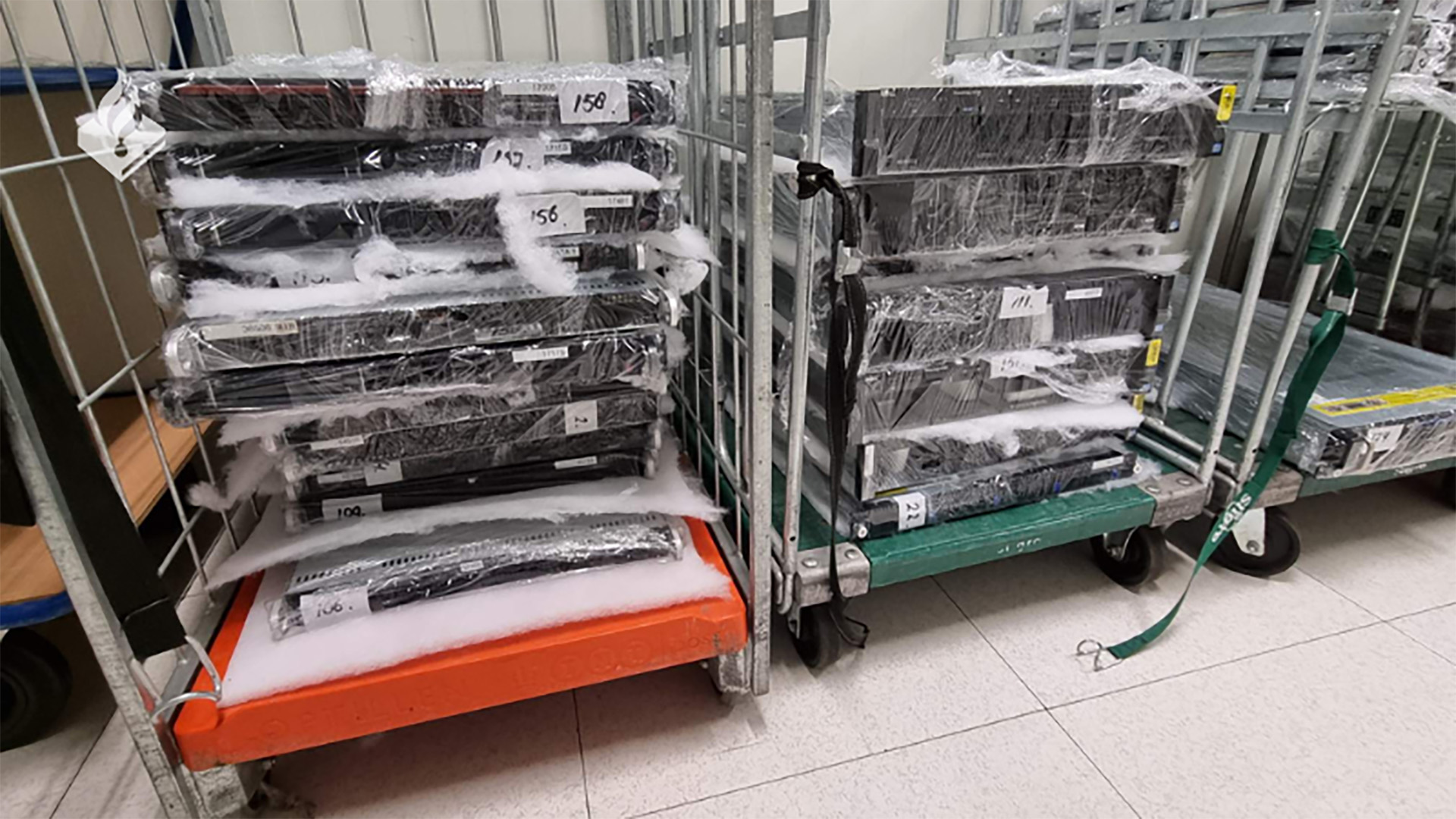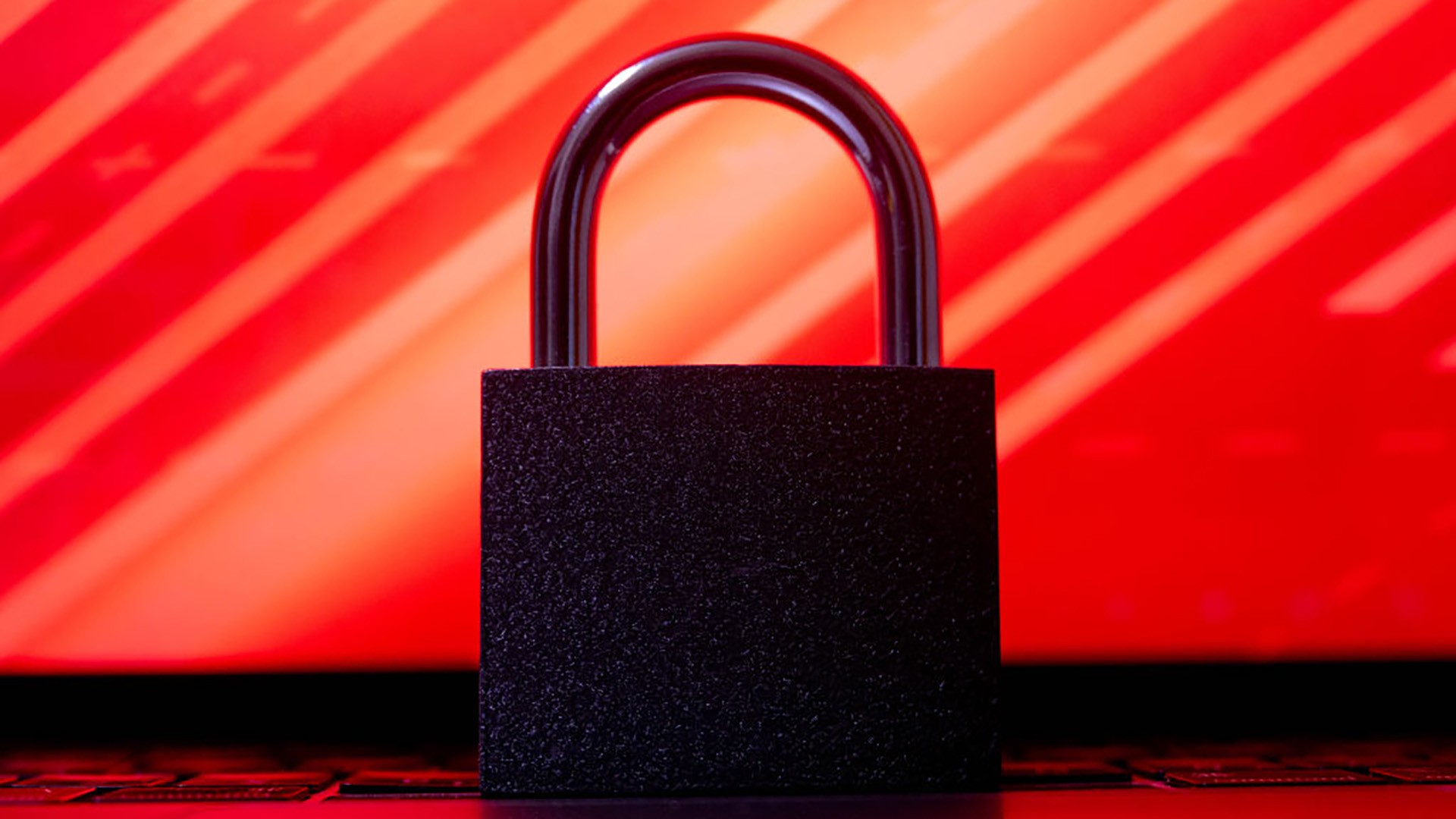Average ransomware payouts nearly double in a year
New report finds victims succumbing to cyber criminals increasingly aggressive tactics


Increasingly aggressive tactics to coerce organizations into paying larger ransoms are paying off as average ransomware payouts have almost doubled in a year.
According to a new Unit 42 report, such payments increased 82% since 2020 to a record $570,000 in the first half of 2021. The increase followed the previous year’s 171% jump to more than $312,000.
In the meantime, cyber criminals are getting greedy. From 2015 to 2019, the highest ransomware demand was $15 million. In 2020, the highest ransomware demand grew to $30 million.
The research found ransom demands from hackers using Maze ransomware averaged $4.8 million in 2020. That was a significant increase compared to the average of $847,344 across all ransomware families in 2020.
One trend the report noted was the increase in “quadruple extortion.” Ransomware operators now commonly use as many as four techniques for pressuring victims into paying. These techniques include encryption, where victims pay to regain access to scrambled data; compromised computer systems that stop working because key files are encrypted; data theft, where hackers release sensitive information if a ransom is not paid. (Researchers noted that this trend took off in 2020).
The third part of this extortion is where ransomware gangs launch denial of service attacks that shut down a victim’s public websites. Lastly, cyber criminals harass customers, business partners, employees, and media to tell them the organization was hacked.
RELATED RESOURCE

2021 state of email security report: Ransomware on the rise
Securing the enterprise in the COVID world
“While it’s rare for one organization to be the victim of all four techniques, this year we have increasingly seen ransomware gangs engage in additional approaches when victims don’t pay up after encryption and data theft.,” said researchers.
Get the ITPro daily newsletter
Sign up today and you will receive a free copy of our Future Focus 2025 report - the leading guidance on AI, cybersecurity and other IT challenges as per 700+ senior executives
The highest single-victim ransom demand rose to $50 million in the first half of 2021 from $30 million last year. Additionally, REvil recently tested a new approach by offering to provide a universal decryption key to all organizations impacted by the Kaseya VSA attack for $70 million. However, it quickly dropped the asking price to $50 million. According to researchers, Kaseya eventually obtained a universal decryption key, but it is unclear how much it paid.
“We expect the ransomware crisis will continue to gain momentum over the coming months, as cybercrime groups further hone tactics for coercing victims into paying and also develop new approaches for making attacks more disruptive,” researchers said.
Rene Millman is a freelance writer and broadcaster who covers cybersecurity, AI, IoT, and the cloud. He also works as a contributing analyst at GigaOm and has previously worked as an analyst for Gartner covering the infrastructure market. He has made numerous television appearances to give his views and expertise on technology trends and companies that affect and shape our lives. You can follow Rene Millman on Twitter.
-
 AI is helping bad bots take over the internet
AI is helping bad bots take over the internetNews Automated bot traffic has surpassed human activity for the first time in a decade, according to Imperva
By Bobby Hellard
-
 Two years on from its Series B round, Hack the Box is targeting further growth
Two years on from its Series B round, Hack the Box is targeting further growthNews Hack the Box has grown significantly in the last two years, and it shows no signs of slowing down
By Ross Kelly
-
 ‘Phishing kits are a force multiplier': Cheap cyber crime kits can be bought on the dark web for less than $25 – and experts warn it’s lowering the barrier of entry for amateur hackers
‘Phishing kits are a force multiplier': Cheap cyber crime kits can be bought on the dark web for less than $25 – and experts warn it’s lowering the barrier of entry for amateur hackersNews Research from NordVPN shows phishing kits are now widely available on the dark web and via messaging apps like Telegram, and are often selling for less than $25.
By Emma Woollacott
-
 Healthcare systems are rife with exploits — and ransomware gangs have noticed
Healthcare systems are rife with exploits — and ransomware gangs have noticedNews Nearly nine-in-ten healthcare organizations have medical devices that are vulnerable to exploits, and ransomware groups are taking notice.
By Nicole Kobie
-
 Alleged LockBit developer extradited to the US
Alleged LockBit developer extradited to the USNews A Russian-Israeli man has been extradited to the US amid accusations of being a key LockBit ransomware developer.
By Emma Woollacott
-
 February was the worst month on record for ransomware attacks – and one threat group had a field day
February was the worst month on record for ransomware attacks – and one threat group had a field dayNews February 2025 was the worst month on record for the number of ransomware attacks, according to new research from Bitdefender.
By Emma Woollacott
-
 CISA issues warning over Medusa ransomware after 300 victims from critical sectors impacted
CISA issues warning over Medusa ransomware after 300 victims from critical sectors impactedNews The Medusa ransomware as a Service operation compromised twice as many organizations at the start of 2025 compared to 2024
By Solomon Klappholz
-
 Warning issued over prolific 'Ghost' ransomware group
Warning issued over prolific 'Ghost' ransomware groupNews The Ghost ransomware group is known to act fast and exploit vulnerabilities in public-facing appliances
By Solomon Klappholz
-
 The Zservers takedown is another big win for law enforcement
The Zservers takedown is another big win for law enforcementNews LockBit has been dealt another blow by law enforcement after Dutch police took 127 of its servers offline
By Solomon Klappholz
-
 There’s a new ransomware player on the scene: the ‘BlackLock’ group has become one of the most prolific operators in the cyber crime industry – and researchers warn it’s only going to get worse for potential victims
There’s a new ransomware player on the scene: the ‘BlackLock’ group has become one of the most prolific operators in the cyber crime industry – and researchers warn it’s only going to get worse for potential victimsNews Security experts have warned the BlackLock group could become the most active ransomware operator in 2025
By Solomon Klappholz